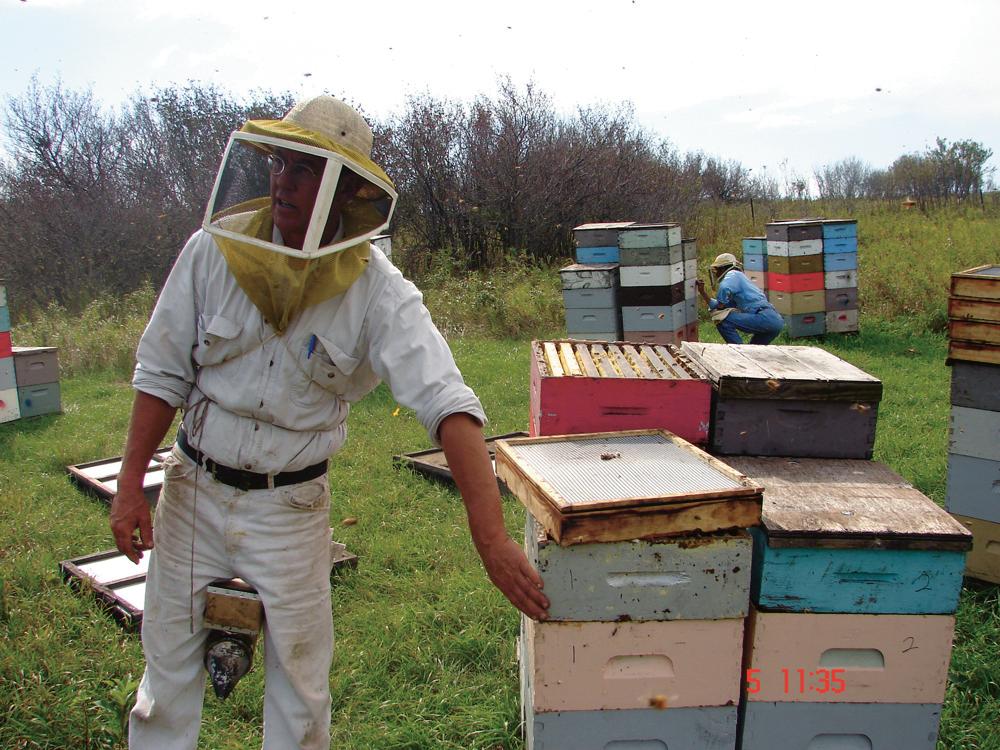
One fact that warrants some optimism is that humans and honey bees have enjoyed an intimate and mutual relationship throughout recorded history. People like honey and always have. Rock paintings depict honey hunters from ancient civilizations scaling cliff faces or tall trees to harvest honey from a bee nest. Bee trees in some parts of the world are protected and passed down as an inheritance within families. This tradition is still maintained, even in modern, mechanized North America. Many beekeepers today inherited their colonies and their bee lore from their parents and grandparents. Their great-grandparents brought honey bee colonies with them from the Old World because they couldn’t leave them behind. This tradition will undoubtedly persist. There will always be beekeepers who keep bees (Figure 2.6).
Another fact that weighs in favor of honey bees is that they are a superorganism, in all senses of the word. In terms of health, each individual bee has an immune system, which provides physiological defenses against diseases and parasites. But the colony as a whole has collective behavioral defenses against pathogens and parasites, in addition to the individual physiological defenses. A strong colony with particular genetic traits can defend itself against a number of diseases and parasites in ways an individual bee cannot. This colony-level response of thousands of individual bees turns the female-based bee society into something more akin to a superheroine. The colony, when functioning as a large healthy organism, is awesome.
